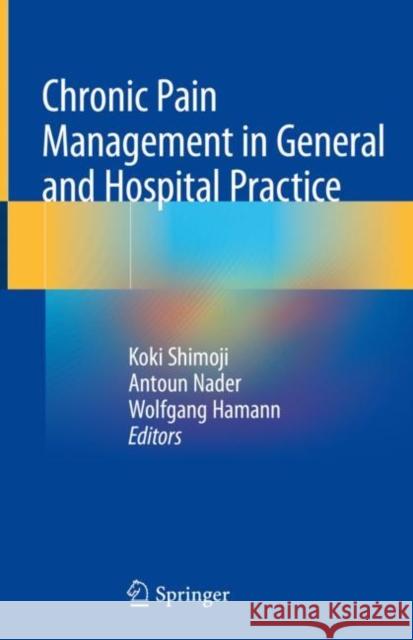Chronic Pain Management in General and Hospital Practice » książka
topmenu
Chronic Pain Management in General and Hospital Practice
ISBN-13: 9789811529320 / Angielski / Twarda / 2020 / 552 str.
Chronic Pain Management in General and Hospital Practice
ISBN-13: 9789811529320 / Angielski / Twarda / 2020 / 552 str.
cena 602,40
(netto: 573,71 VAT: 5%)
Najniższa cena z 30 dni: 578,30
(netto: 573,71 VAT: 5%)
Najniższa cena z 30 dni: 578,30
Termin realizacji zamówienia:
ok. 22 dni roboczych
Dostawa w 2026 r.
ok. 22 dni roboczych
Dostawa w 2026 r.
Darmowa dostawa!
Kategorie BISAC:
Wydawca:
Springer
Język:
Angielski
ISBN-13:
9789811529320
Rok wydania:
2020
Wydanie:
2021
Ilość stron:
552
Waga:
0.95 kg
Wymiary:
23.88 x 19.56 x 2.54
Oprawa:
Twarda
Wolumenów:
01











